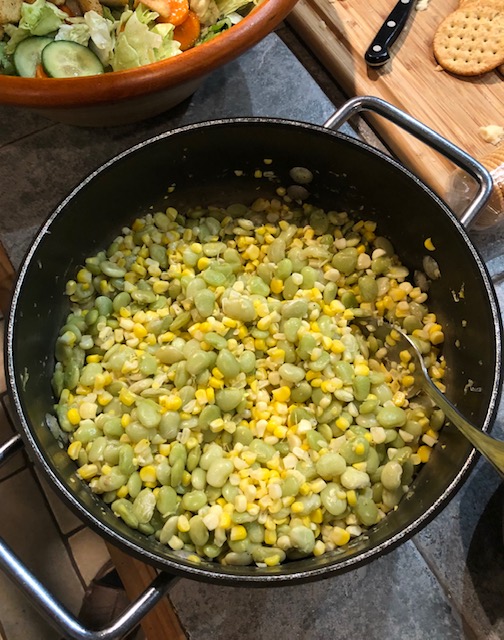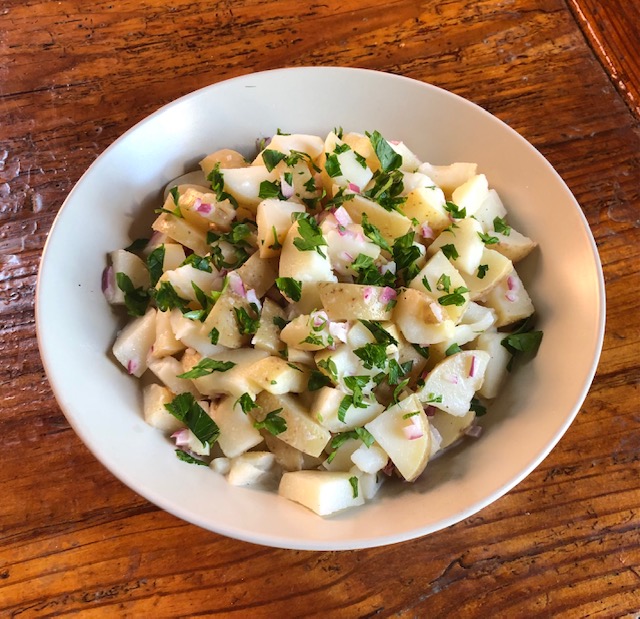Smoked Salmon Tartare for Holiday Entertaining
Tartare (“à la tartare," in culinary French) means “in the
Tatar (or Tartar) manner.” The original Tartare was finely chopped raw beef,
typically mixed with raw egg, onion, and capers. Serving raw chopped beef was
picked up by the Russians in past centuries from their nomadic Mongol-Turkic
Tatar neighbors. “Steak tartare” is now a well-established European, especially
French, dish.
My “tartare” leaves out the beef but, rather, contains quasi-raw
smoked salmon. But like the beef original it includes capers and onion.
Hard-boiled egg, optionally, can be used as a toping.
I’m noticing at the stores that smoked salmon is increasingly
showing up with special flavorings, like black pepper, “Cajun,” “Pastrami,” or
even Siracha. This recipe is for the simple smoked salmon that was, and to me
still is, special enough.
The dish makes an elegant appetizer for a holiday buffet or a fancy appetizer for dinner. The recipe serves six or more as an appetizer with crackers or melba toast.
1/2 pound smoked salmon (cold-smoked, from Scotland or Norway, or
hot-smoked, as from Alaska)
2 tablespoons finely minced red onion
1 tablespoon drained capers, coarsely chopped if larger than
peppercorns
1 tablespoon snipped or coarsely chopped fresh dill, plus dill
sprigs for garnish
6 hearty grinds of black pepper
1 tablespoon fresh lemon juice
1 hardboiled egg, white party only, finely minced, for garnish
(optional)
On a cutting board, using a chef’s knife, finely chop the salmon
(minus any skin). Mix well in a bowl with minced onion, seasonings and capers.
Taste, and add salt only if needed (smoked salmon is salted). Refrigerate,
covered, at least half an hour -- preferably overnight.
Serve in a decorative bowl or heaped up on an attractive small
platter. Garnish, if desired, by sprinkling with minced hard-cooked egg whites.
Top with dill sprigs.
Accompany with crackers, a plain, low salt variety, like water
crackers, preferred,















